One of my favourites of Kerry's experiments is her play doh brain, so when we found an old pack of play-doh in the cupboard I thought it would be the perfect opportunity to try it out. First, we learned some fun facts and then made a model brain.
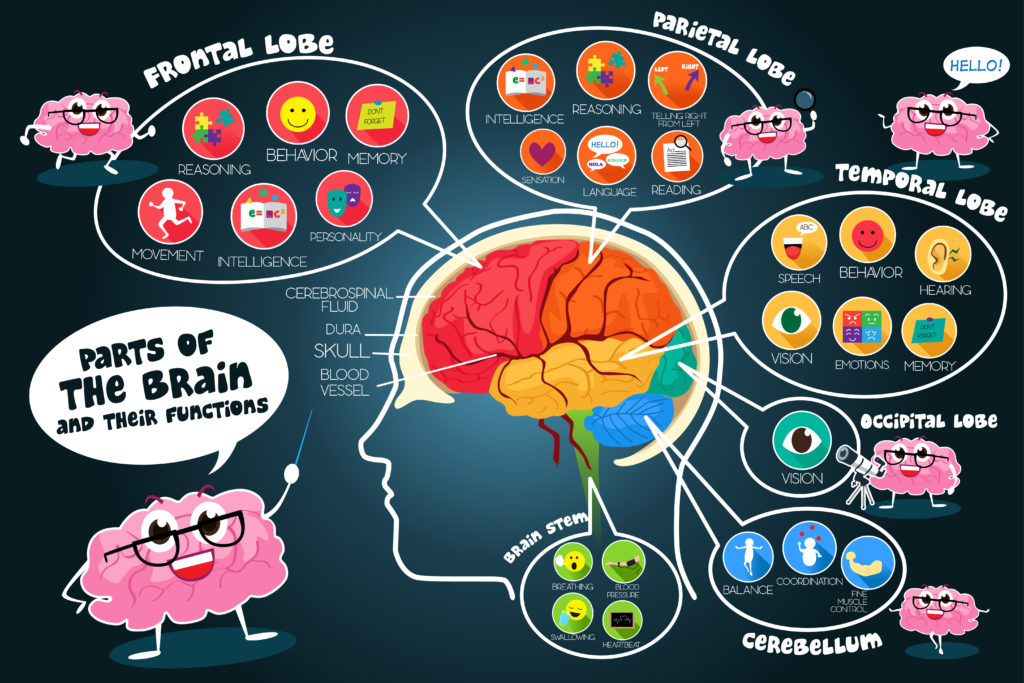
Fun brain facts for kids
Did you know that our brains use 20% of the body's energy but only make up about 2% of its weight?
Our brain is surrounded by a liquid called cerebrospinal fluid, which acts like a cushion in case we bang our heads and helps keep infections out.
The human skull is made up of 22 bones joined together.
How to make a play dough brain model
This is not to scale, and obviously, the colours are not representative of an actual brain. Our model is just to show the distinct areas of the human brain.
I rolled each colour play dough into a sausage shape and wound it around itself to represent the ridges and grooves seen in the brain.
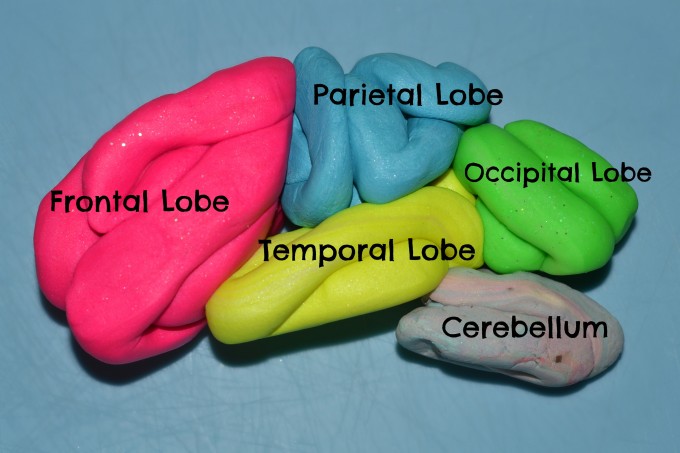
The outer part of the brain is called the Cerebrum, which is divided into two hemispheres by a central fissure. Each Hemisphere is split into four lobes, as shown above. Under the Cerebrum are the Cerebellum and the Brain Stem.
The brain can be divided up into six main areas:
The frontal lobe
Responsible for personality and behaviour, as well as talking, learning and movement.
- Controls functions, including reasoning, planning, parts of speech and movement, emotions, and problem-solving
The Parietal lobe
- Interprets sensory information of touch, pressure, temperature and pain.
The Occipital lobe
- Processes visual information, colour recognition and perception. Sends information to the parietal and temporal lobes.
The Temporal lobe
- Involved with hearing, speech and language, as well as visual recognition.
The Cerebellum
- Controls and coordinates movements of the muscles.
The brain stem - not shown
- In charge of keeping the automatic systems of your body working, like breathing, digestion and fight or flight responses.
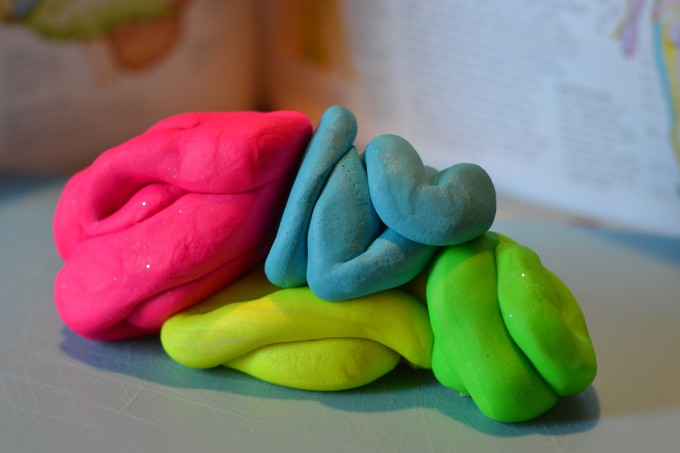
Can you think of anything else we could use to make a model brain?
This activity also features in Gross Science!
More Human Body Science Experiments
We had lots of fun making and testing recipes for fake blood.
Ask a child to get a friend to draw around them on a large sheet of paper and then and draw in body parts or bones!!
If you've ever wondered how your lungs work, our lung model is a great demonstration.
Life Over Cs has a super cute play dough ant life cycle if you want to use the play dough for something else afterwards.
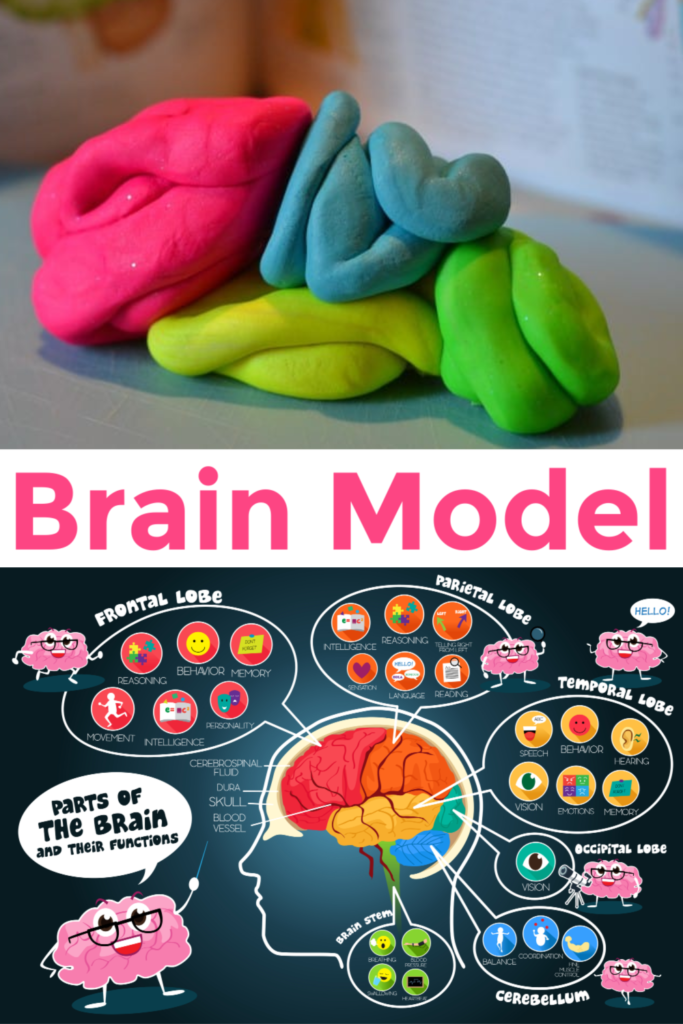
Last Updated on October 2, 2024 by Emma Vanstone
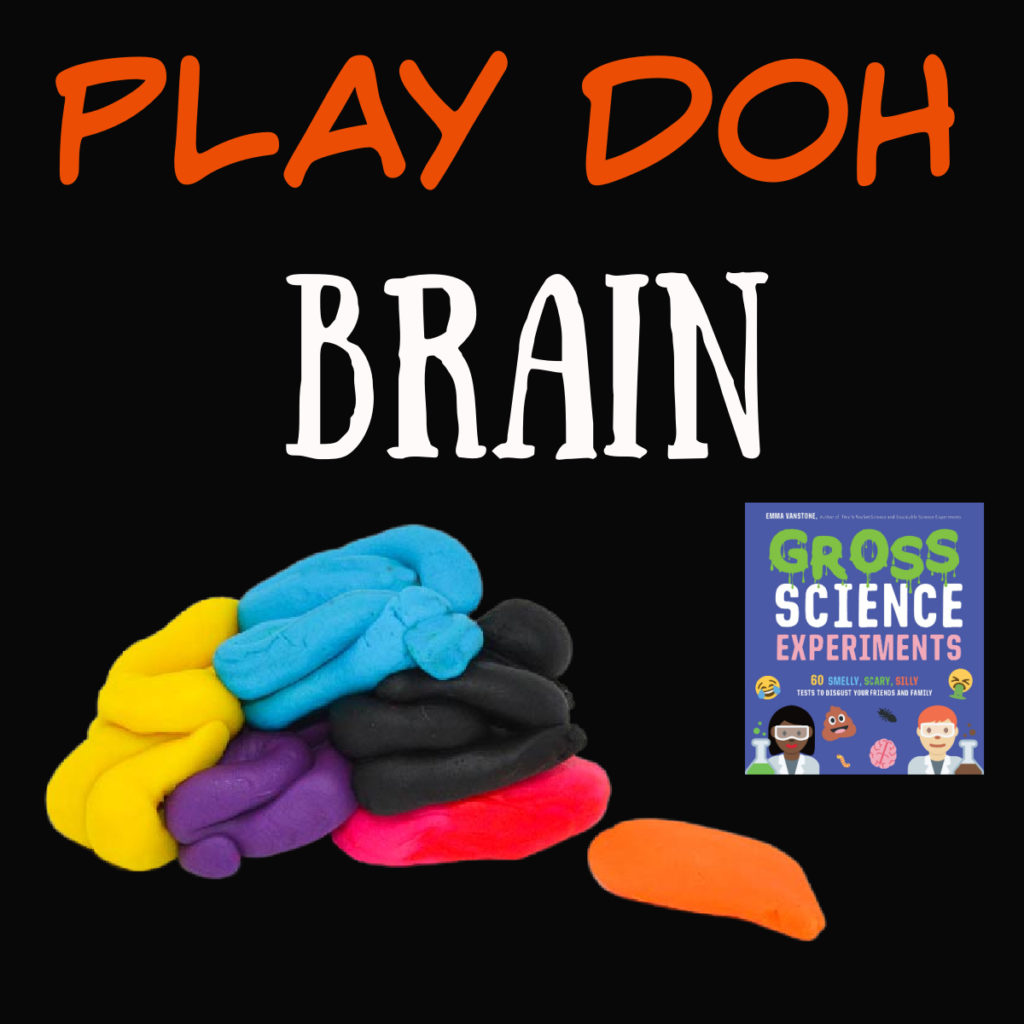
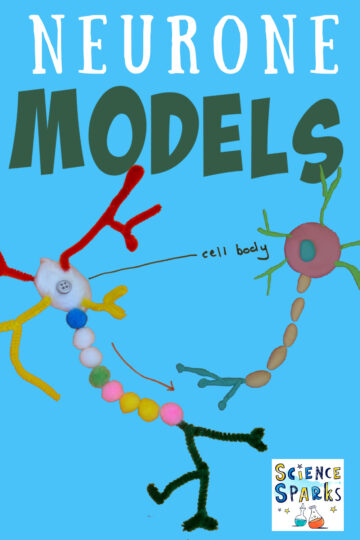
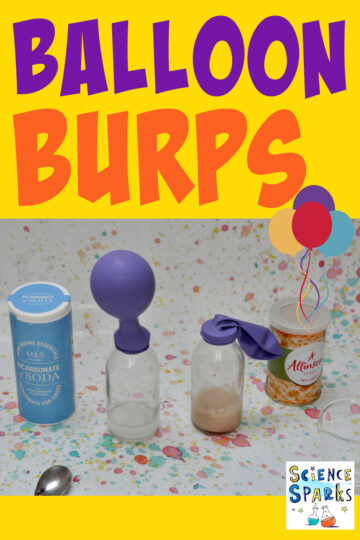
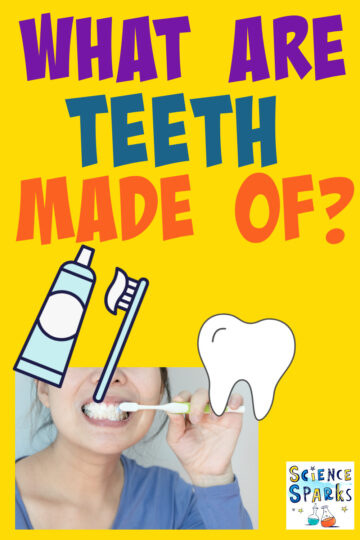
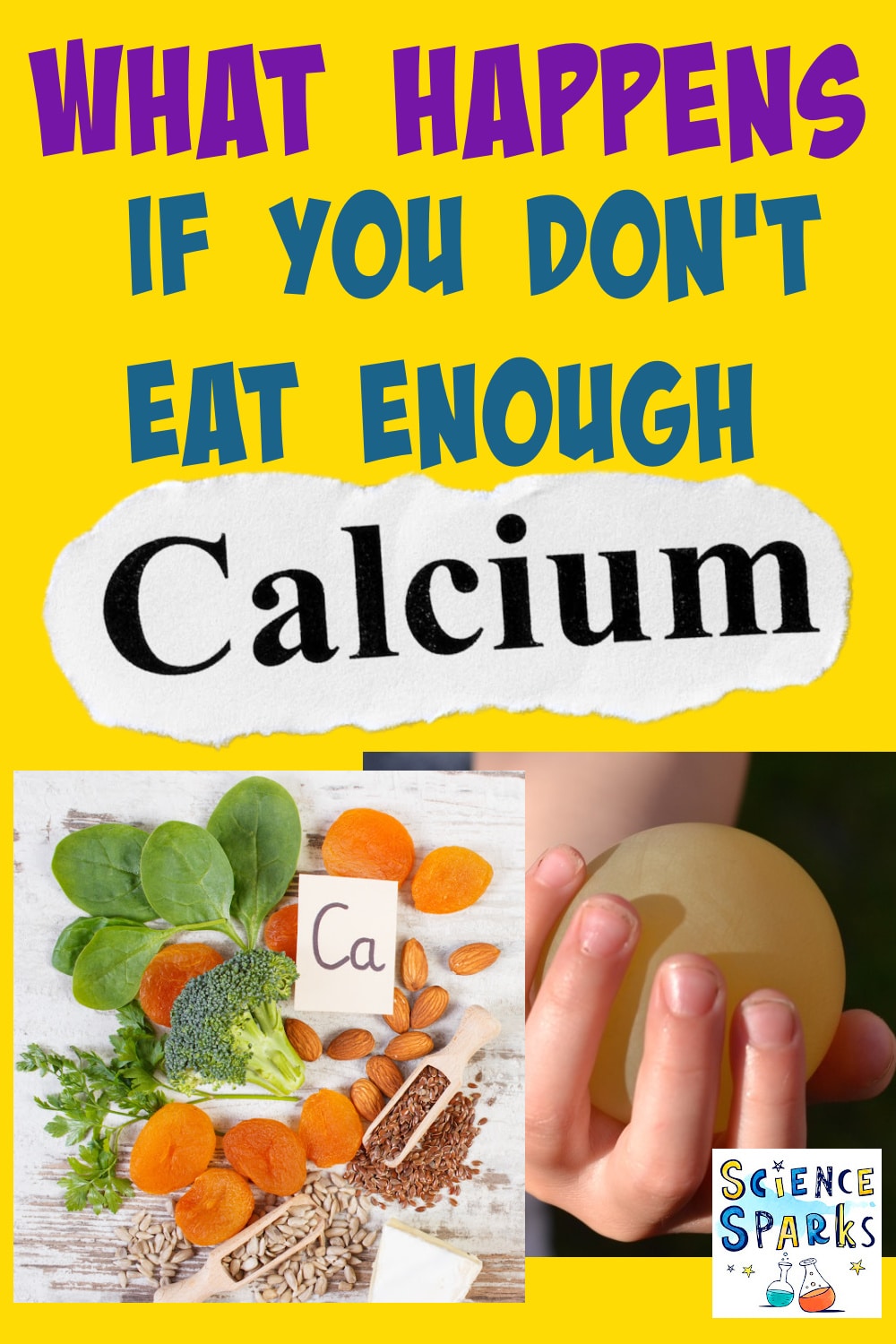
Ariadne - Positive Parenting Connection says
What a great idea! I will def. remember to use this to explain brain functions and emotional development!
Pinkoddy says
How about papier mache? This is a great idea and love how you have described the different areas too.